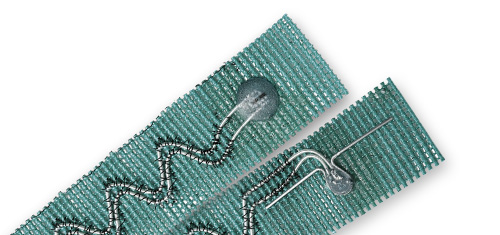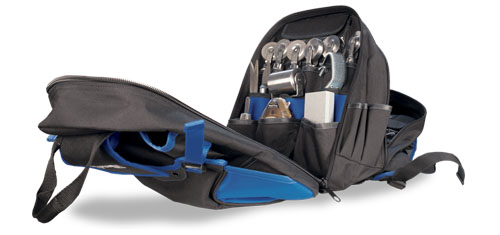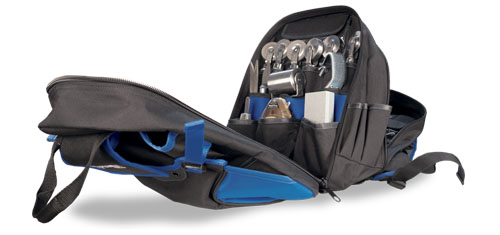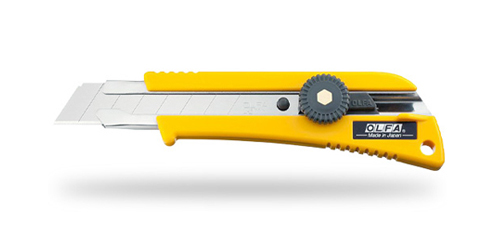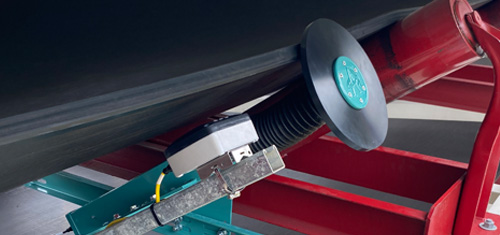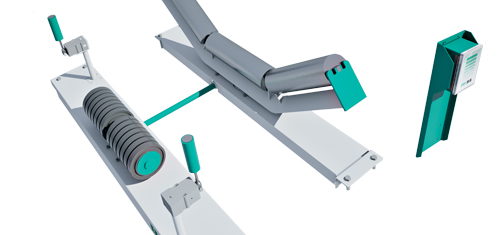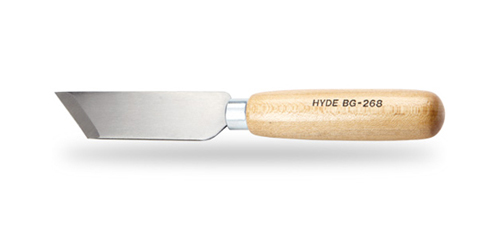
- Works with existing loops
- Retrofit of new loops is much faster than traditional loop replacement
- Belt monitoring data is available onsite or remote or integrated into control rooms
Conventional rip detection systems for conveyor belts use copper wire loops or antenna that, when damaged, would send a signal to stop the conveyor belt and prevent a further rip. These old analog systems are prone to a lot of intermittent and faulty alerts, making it hard to know if there is a real issue with the belt or the issue was a damaged loop.
These loops/antenne each typically cover multiple square feet of a belt so aren’t quick or easy to replace. Many end up being inactivated, leaving long sections of the belt between the signal readings, making it harder to narrow down the area of the belt with the damage.
The EMSYS LSRS units scan a larger area than competitor systems and transmit and receive signals that can these traditional loops and antenna via analog signals, as well as newer-technology digital signals such as RFID tags, like those in EMSYS SwitchTags This unique value-add enables you to scan older belt that may still have working loops as well as being able to replace broken or problem loops with SwitchTags – which can be installed in under an hour.
Monitoring of the belt rip detection can be done via a tablet application and Bluetooth signal. The monitoring data can also be incorporated into the site control operations.
The LSRS has an IP-65 rating, and UL and CE approved. LSRS comes with Almex Connect connectivity for remote assistance and trouble-shooting support from Almex Technicians.
SwitchTags run across the width of the belt within a 25 mm (1”) strip and are usually placed roughly every 150 Meters (50’). SwitchTags can be embedded in the belt manufacturing process or retrofitted into existing belt. Our LSRS Retrofit kit provides a hot-blade skiver, control box and a narrow lightweight vulcanizer to facilitate pre-laminated SwitchTags being placed in the belt in under an hour each.
SwitchTags contain RFID tags that can contain unique identification data to identify its position in the belt, belt and SwitchTags and manufacture and install dates and can facilitate speed sampling, belt position as well as monitoring and rip detection data such as alarms and warnings of damage, belt temperature, belt cover wear, signal strength and distances between signals or to the starting point on the belt (home). SwitchTags are flexible and less impervious to belt impacts. This durability and the digital signal provide more dependable and precise data.
- LSRS can read other manufacture loops, but their systems don't read SwitchTags
- Retrofitting SwitchTags is relatively quick to install and very cost-effective
- The receiver coverage of the portion of the loop is larger than traditional antennae
Features
DATA SCANNING
The Receiver-Processing and Transmitter units detect the individual SwitchTags, their position and their data in the conveyor belt and feeds the information into a PLC unit or a tablet application.
APPLICATION MONITORING
Monitoring of the belt rip detection can be done via a tablet application and Bluetooth signal. The monitoring data can also be incorporated into the site control operations.
SWITCHTAGS
SwitchTags are constructed of a flexible conductive material with an encased RFID. They can be installed in new belt or retrofit into an existing belt.
UNIVERSAL COMPATIBILITY
EMSYS LSRS and SwitchTags are compatible with and able to read existing loop systems of most of the major belt manufacturers such as Coal Control, Becker, Contitech and Fenner Dunlop.
RETROFITABILITY
Existing belt with or without broken loops can be retrofit with SwitchTag and the LSRS system quickly and more cost-effectively than other rip monitoring loop solutions. A SwitchTags can inserted and ready for use in ~40 minutes.
LOOP SURFACE COVERAGE
The LSRS digital transmitter and receivers can read a greater surface area of the loop due to our highly engineered digital technology. This larger scanned area helps loop readability and prevent false positives, even in the harshest environments.
SwitchTag Data captured:
- Belt Speed
- Belt Position
- Belt position from previous loop/smart wire to the next
- Belt Wear (i.e. Millimeters of cover worn down)
- Belt Temperature
- Signal strength of each specific loop/SwitchTag on learned cycle vs most recent
- History of Alarms/Warnings that have been accepted
- Location of Sync tags and distance until we expect to see them again (home position)

